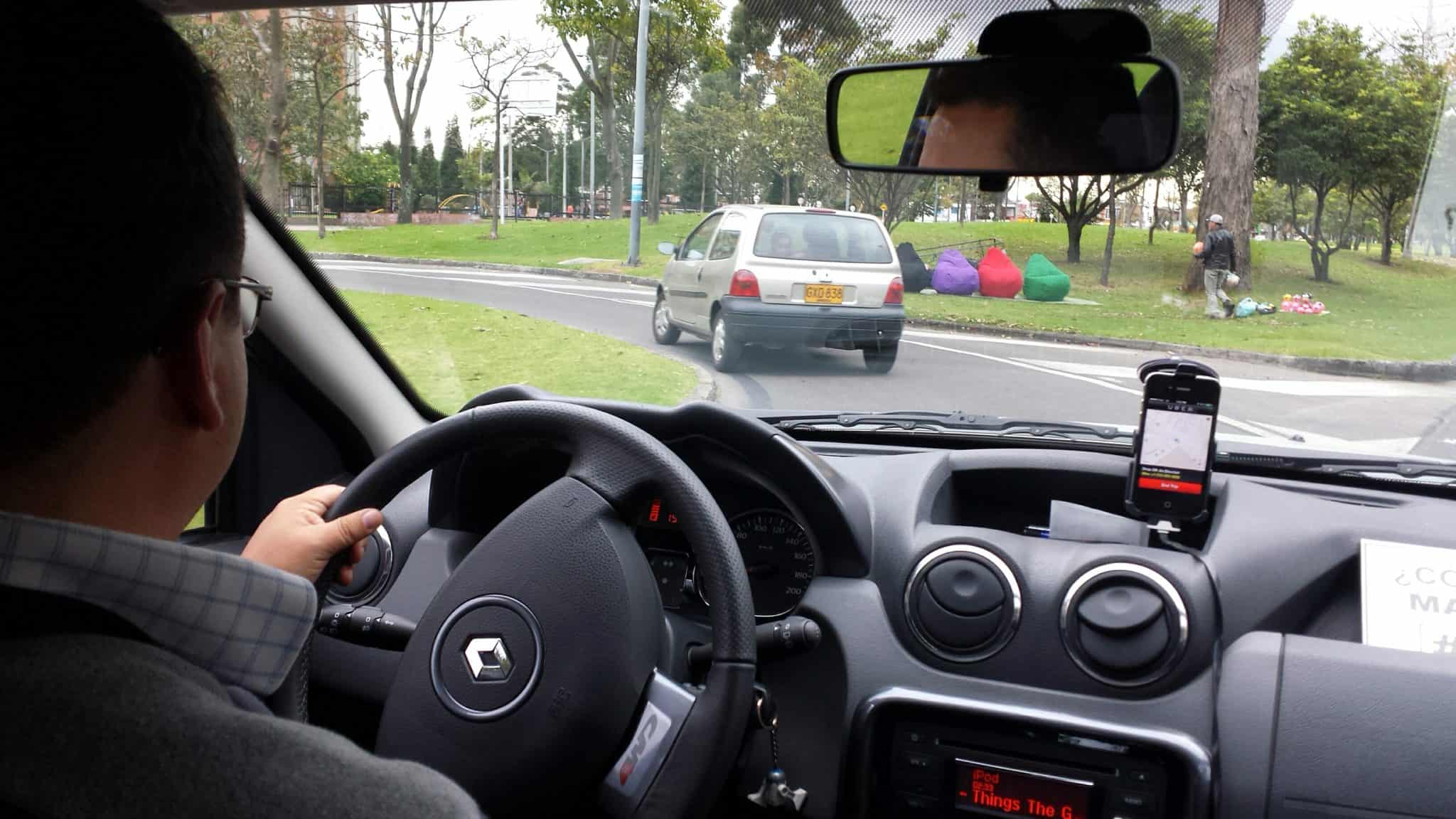On May 11, the Ninth Circuit dealt a blow to a Seattle city ordinance permitting Lyft and Uber drivers to unionize. However, the court’s ruling was not entirely unfavorable for “gig economy” workers. Lyft and Uber, along with other affected groups, challenged the ordinance on two grounds: first, that the Ordinance violates the Sherman Antitrust Act by allowing price-fixing by cartels of independent contractors; and secondly, that the ordinance is pre-empted by the National Labor Relations Act. The panel ruled in favor of the ridesharing companies on the first claim, but for Seattle on the latter, and it laid out a path forward for state governments to enable the passage of such laws.
The Ordinance
Seattle adopted the ordinance in 2015. It requires ridesharing companies like Lyft and Uber to bargain collectively with drivers designated as independent contractors. The Ordinance explicitly authorized “exclusive driver representatives” to negotiate, among other things, the nature and amount of compensation. Seattle’s law was the first of its kind in the United States, and the firms participating in the litigation may have viewed it as a challenge to their low-wage model.
Antitrust Claim
The Ninth Circuit reversed the trial court’s dismissal of the ridesharing companies’ challenge to the law, saying the lower court had erroneously granted state-action immunity to Seattle under the Sherman Antitrust Act. Seattle argued immunity should apply, pointing to Supreme Court decisions saying immunity can cover “nonstate actors carrying out the State’s regulatory program.” The Ninth Circuit applied the Supreme Court’s Midcal test to answer the immunity question. That test first requires that “the challenged restraint [must] be one clearly articulated and affirmatively expressed as state policy,” and second, “the policy [must] be actively supervised by the State.” The Ninth Circuit subjected the Seattle ordinance to a high level of scrutiny and found that it failed both prongs of the Midcal test.
Clear Articulation
The Ninth Circuit found that Washington state had not sufficiently articulated a policy favoring the right of rideshare drivers to collectively set fares. The clear-articulation test, the court said, requires that the state legislature specifically authorize the anticompetitive regulation. The court was unsatisfied by the Washington law authorizing its cities to regulate the provision of “privately operated for hire transportation services” without facing antitrust liability. That authorization did not meet the high level of specificity required to authorize collective bargaining (or “price-fixing”) by rideshare drivers because it makes no explicit mention of compensation contracts between drivers and rideshare companies.
The court illustrated the precision required for states to authorize such a law. An earlier case distinguished between the market for ambulance dispatchers and the market for ambulance services, holding that the state had clearly authorized anticompetitive regulation in the former but not the latter. Conversely, the Supreme Court has found the clearly-articulated test satisfied where the anticompetitive effects were the direct and predictable result of the state law. For example, a state law that authorized cities to regulate billboard advertisements satisfied the test because the very purpose of such regulation is to restrain the free market for billboards. But Washington’s law regulates only the relationship between cab companies and passengers, not the relationship between drivers and ridesharing companies, so the specific anticompetitive effect of Seattle’s ordinance was not a predictable result. Indeed, Washington’s laws permitting regulation of cabs were passed years before Lyft and Uber existed.
Active Supervision
The court also held that the ordinance did not meet the active supervision prong of the Midcal test. Active state supervision is required when private parties play a significant role in implementing the state’s regulatory regime. Because Seattle’s law contemplates that rideshare drivers will privately coordinate via their union to set the pricing scheme for rideshare apps, it is subject to the active supervision requirement to ensure that the clearly articulated state policy is not subsumed by the interests of the private parties.
Seattle did not argue that Washington State exercises any supervisory role over the rate-setting process. Rather, it argued that the Supreme Court’s definition of state supervision encompassed supervision by municipalities exercising state power. The court rejected this argument out of hand, saying that SCOTUS clearly meant to require supervision by the state itself, and review and approval by a municipal officer is insufficient.
NLRA Preemption
The court was much more skeptical of plaintiffs’ claim that the National Labor Relations Act preempted the Seattle ordinance. The Supreme Court has held that the NLRA contains two types of implicit pre-emption: Machinists preemption and Garmon preemption. Machinists preemption forbids states from regulating conduct Congress intended to be unregulated, reflecting the belief that the NLRA struck a careful balance between laissez-faire economics and state involvement in labor relations. Garmon preemption, on the other hand, prohibits state interference with the NLRB’s interpretation and enforcement of the NLRA.
The rideshare companies argued the Ordinance was preempted by Machinists because Congress excluded independent contractors from the NLRA definition of “employee.” But, the court noted, the legislative history did not support the argument that Congress intended to preempt local labor regulation of independent contractors. Rather, Congress intended only to reverse NLRB v. Hearst Publications, which held that “newsboys” were employees entitled to collective bargaining rights. The court notes that other classes of workers, like farmworkers, domestic workers, and public employees, are also excluded from the NLRA definition of “employee” but are still subject to other labor regulations.
The court also rejected the companies’ argument that the Ordinance was preempted by Garmon because it allegedly “requires local officials and state courts to decide whether for-hire drivers are employees under the NLRA,” a determination the companies said is within the exclusive jurisdiction of the NLRB. The court first notes that the Ordinance expressly disclaims any determination about the legal status of rideshare drivers. Further, the court said plaintiffs in this case failed to meet the threshold requirement to making a showing that the NLRA might apply to the workers in question.
Implications
While the Ninth Circuit did not strike down the Seattle ordinance, it faces an uphill battle now that it is not entitled to state-action immunity under antitrust law. However, all is not lost for labor rights advocates and rideshare drivers hoping to unionize. The substantial discussion of whether Washington State authorized the Seattle ordinance illustrates that states indeed have the power to permit unionization by rideshare drivers classified as independent contractors. Though the court’s requirements for clear authorization and active supervision may create additional hurdles for the movement (and may preclude labor rights efforts by progressive municipalities in red states), they are also not insurmountable. Even if Seattle’s ordinance is ultimately struck down for violating the antitrust laws, it could be revived – and granted immunity – if Washington state passes a carefully-worded statute authorizing municipal regulation of the relationship between rideshare drivers and companies and if sufficient state supervision is added to the law. If successful, rideshare drivers in Seattle might unionize and negotiate for minimum wages, sick leave, and other protections that they are not entitled to under state law due to their designation as independent contractors. Teamsters Local 117, which would represent the Seattle drivers, promised to continue fighting for the ordinance.










Daily News & Commentary
Start your day with our roundup of the latest labor developments. See all
July 9
In Today’s News and Commentary, the Supreme Court green-lights mass firings of federal workers, the Agricultural Secretary suggests Medicaid recipients can replace deported farm workers, and DHS ends Temporary Protected Status for Hondurans and Nicaraguans. In an 8-1 emergency docket decision released yesterday afternoon, the Supreme Court lifted an injunction by U.S. District Judge Susan […]
July 8
In today’s news and commentary, Apple wins at the Fifth Circuit against the NLRB, Florida enacts a noncompete-friendly law, and complications with the No Tax on Tips in the Big Beautiful Bill. Apple won an appeal overturning a National Labor Relations Board (NLRB) decision that the company violated labor law by coercively questioning an employee […]
July 7
LA economy deals with fallout from ICE raids; a new appeal challenges the NCAA antitrust settlement; and the EPA places dissenting employees on leave.
July 6
Municipal workers in Philadelphia continue to strike; Zohran Mamdani collects union endorsements; UFCW grocery workers in California and Colorado reach tentative agreements.
July 4
The DOL scraps a Biden-era proposed rule to end subminimum wages for disabled workers; millions will lose access to Medicaid and SNAP due to new proof of work requirements; and states step up in the noncompete policy space.
July 3
California compromises with unions on housing; 11th Circuit rules against transgender teacher; Harvard removes hundreds from grad student union.